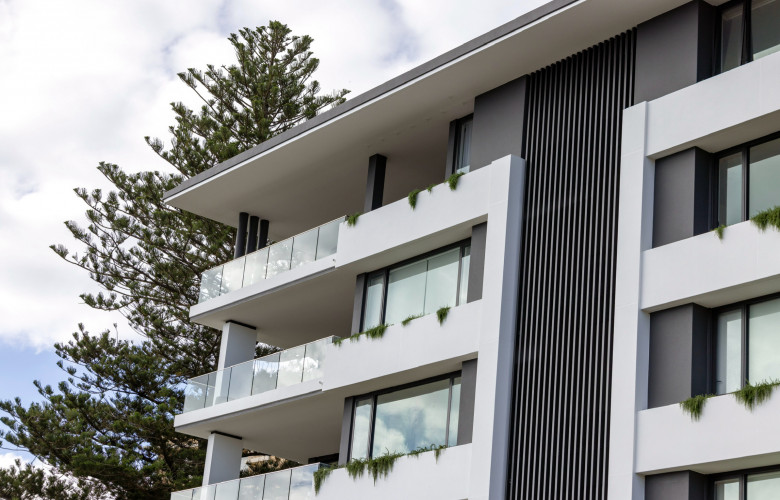John McGrath – Capital growth now stronger for cheaper homes
Contact
John McGrath – Capital growth now stronger for cheaper homes
Australian home values continue to trend higher this year, and despite an increase in the number of homes going to auction before the Easter holidays, the national preliminary clearance rate is holding up well at about 70%.
Australian home values continue to trend higher this year, and despite an increase in the number of homes going to auction before the Easter holidays, the national preliminary clearance rate is holding up well at about 70%.
A new CoreLogic report shows national home values grew by 1.3% over the three months to the end of February. On an annual basis, the pace of growth is 8.9%, which is the highest annual growth rate since FY22. This shows just how resilient the market is today, despite high interest rates.
After the 2022 downturn, the market rebounded in the usual way last year, with the upper price bracket leading the new market cycle and experiencing the most growth. This was driven by baby boomers purchasing new homes or investments, often without a mortgage, along with returning overseas investment and high earners continuing to invest their wealth in property.
The prestige sector is still as strong as I have seen it in 40 years. However, the latest data from CoreLogic suggests a change in market dynamics. Over the past three months, the lower price brackets in every capital city around Australia have recorded the most price growth. This trend began in the second half of 2023 and has now taken hold.
To explain, CoreLogic divides the market up into three price quartiles. The lower quartile represents the most affordable 25% of homes. The middle quartile represents the middle 50% of values, and the upper quartile is the most expensive 25% of homes.
Over this recent three-month period, the lower quartile clocked 2.4% price growth. The middle quartile rose by 1.7% and the upper quartile rose by 0.6%. Driving this change is high interest rates limiting the finance buyers can get, which means they're targeting more affordable homes.
Another factor driving lower quartile prices higher is returning investor activity. Most investors already have a home and a mortgage, so when they buy for investment they usually have a limited budget. So, they target more affordable properties, such as apartments in the big cities.
Data from the Australian Bureau of Statistics shows more investors are in the market this year, which is undoubtedly adding new demand to the lower price quartile nationwide.
We've also noticed that more investors are looking beyond their own neighbourhoods for better value, which is likely contributing to the widespread trend in superior lower-quartile price growth.
Other strong demand driving price growth in the lower brackets is first home buyers. Despite high interest rates, they're able to compete strongly for the homes they want because many have the financial backing of the Bank of Mum and Dad.
Generally speaking, the lower price brackets across the Australian market did not move much in 2023. There is an opportunity to take advantage of great value before prices rise further, especially if interest rates are cut later in the year.
By John McGrath, Chief Executive Officer of McGrath Estate Agents.
For more information including articles, checklists, guides and more visit McGrath’s Insights Centre.
Similar to this:
John McGrath – Baby boomer wealth underpinning property market | The Real Estate Conversation
John McGrath – Investors are back and looking further afield | The Real Estate Conversation
John McGrath – Market predictions for 2024 | The Real Estate Conversation





